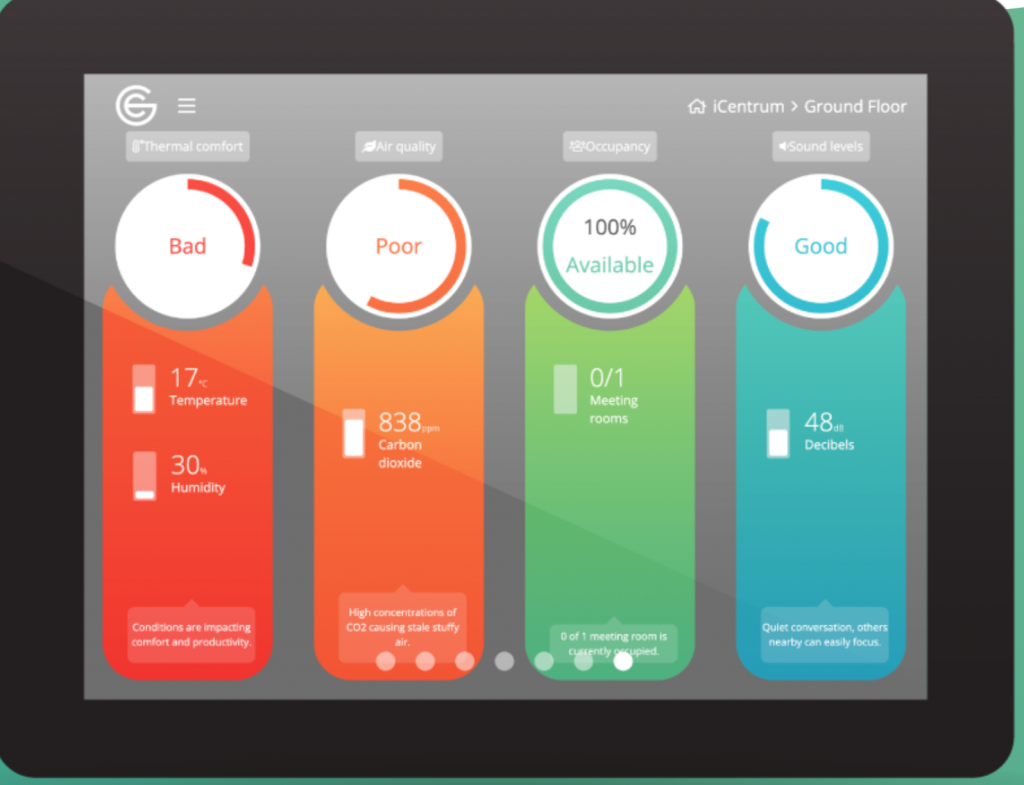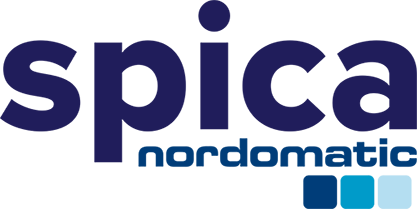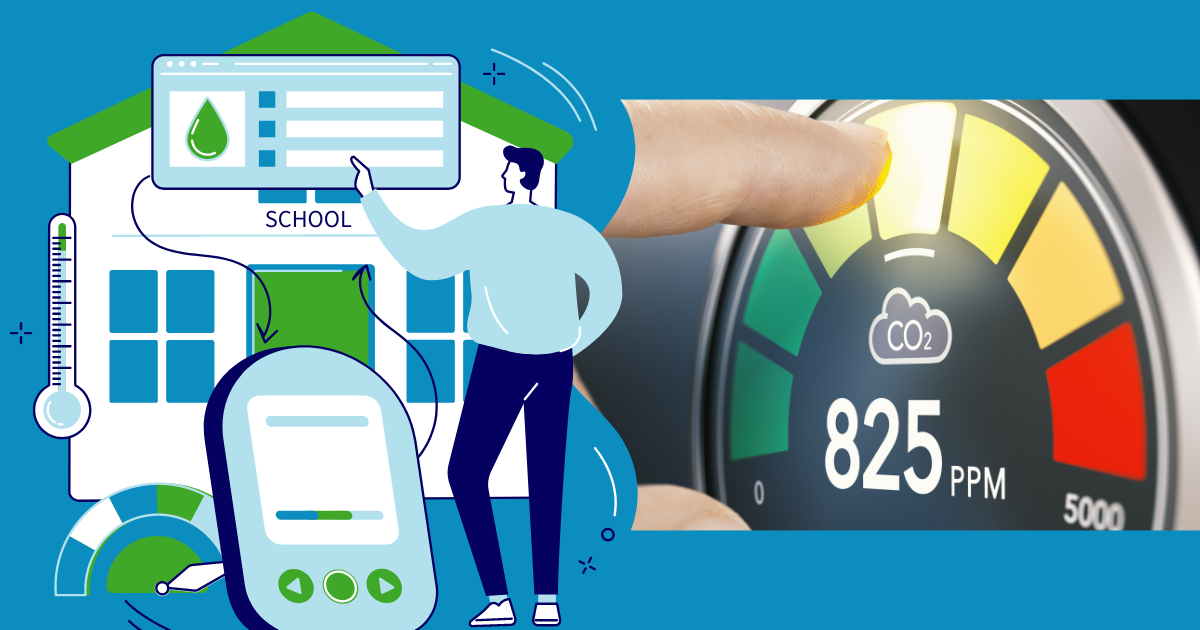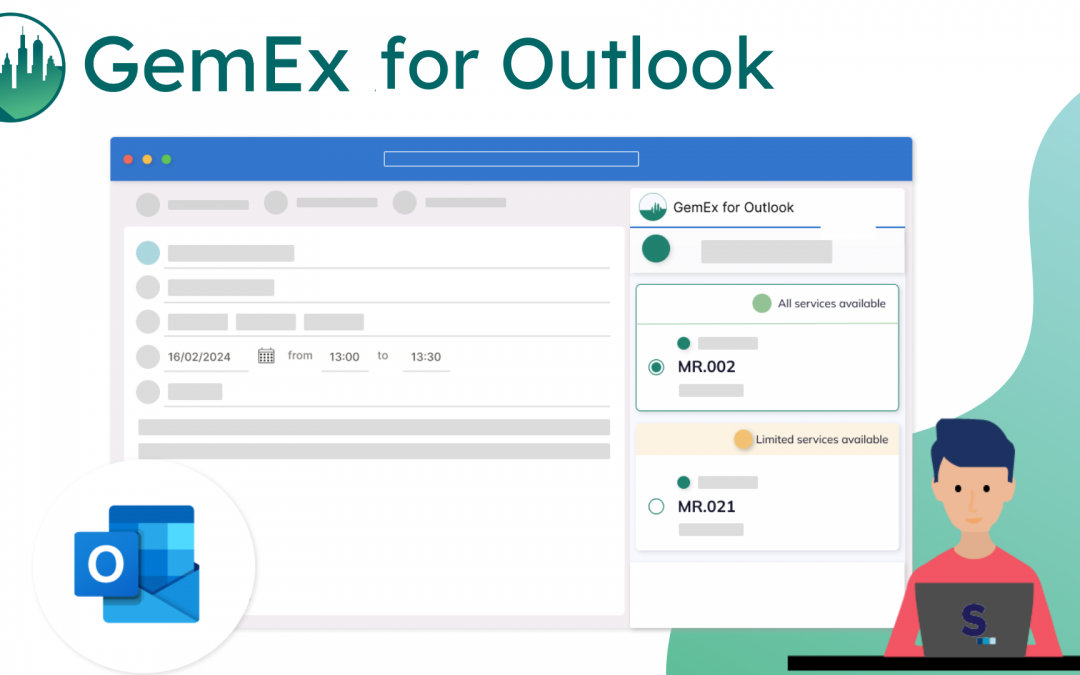Monitoring carbon dioxide levels was not something we considered a few years ago. Similar to wearing a face mask, maintaining social distance, and using sanitiser, we have become accustomed to it.
There’s been a significant movement to enhance the air quality in schools in recent years.
Post covid, researchers from Imperial College London, the University of Cambridge, and the University of Leeds created a model that combines carbon dioxide and occupancy data to forecast the number of people who are likely to be infected by an asymptomatic but infectious colleague.
Last year, the Department of Education announced that they will help enhance schools’ and pupils’ safety by providing 300,000 carbon dioxide monitors to schools in England to help improve ventilation and lessen Covid outbreaks.
What is Indoor Air Quality?
Indoor Air Quality (IAQ) refers to the air quality within and around buildings and structures, particularly as it pertains to building occupants’ health and comfort. Despite the fact that we tend to focus on outdoor air pollution, one of the five most significant environmental dangers to public health is indoor air pollution. Children’s lungs are more vulnerable to the consequences of air pollution.
Monitoring levels of temperature, humidity, Co2, VOCs and many more factors to promote a healthier environment for children on campus.
The significance of good ventilation in classrooms
Last year, more than 300,000 air quality monitors were supplied to schools in the United Kingdom as part of a government drive to prevent the spread of Covid-19.
Improving the indoor air quality of study spaces and lecture halls can help boost student productivity and well-being. High levels of CO2 may cause drowsiness, which is not ideal for busy students and staff.
The addition of a CO2 sensor to the system enables demand-controlled ventilation, in which the supply and extract flow increase and decrease in response to CO2 levels.
Failure to avoid or react immediately to IAQ issues may exacerbate long- and short-term health implications for students and employees, including Coughing; Eye irritation; Headaches; Allergic reactions.
Asthma is the biggest cause of chronic illness-related school absences, affecting about 1 in 13 children of school age. There is strong evidence that allergens (such as dust mites, insects, and moulds) in the indoor environment have a role in initiating asthma symptoms.
How it can be monitored and collected
CO2 data acquired by smart sensors may be used to track readings or trends over time, notify facility managers of problems, or automate building controls.
It may, for example, be supplied into an analytics system for monitoring and recognising peaks, allowing you to make adjustments quickly when things don’t seem to be working as they should. If they detect high CO2 levels in a place where this would not ordinarily be anticipated, this might signal a problem with a component of the air-conditioning system. This might be detected far sooner than it would have been without sensors, allowing repairs to be addressed before the issue becomes much more difficult and costly to correct.
If the CO2 level in a room is regularly more than 1500 ppm, it is considered inadequately ventilated and corrective action is required.
How Spica’s solutions can help your school monitor IAQ:
Yanzi Health is the latest innovative IoT sensor from the Yanzi networks product range, a recent addition to Spica’s comprehensive SmartCloud offering for smart building solutions.
By utilizing an indoor air quality monitor such as the Yanzi Health IoT sensor, you can measure fine to coarse particulate matter in sizes PM1, PM2.5 and PM10, Carbon Dioxide, VOC Index, temperature, humidity, barometric pressure, ambient light, sound pressure occupancy and tamper detection.
Air quality depends on numerous factors and Yanzi health gets to them. The sensors monitor room occupancy and indoor air quality such as particulate matter (PM) and Carbon Dioxide (CO2). Yanzi Health can be connected wirelessly or via ethernet to Yanzi IoT Gateway in a secure way through Yanzi’s “Zero-Touch configuration”. It can be immediately accessed through the Cirrus API or Yanzi Insights dashboard. Yanzi sensors can also be accessed via Environment Monitoring in the GemEx Engine platform.

Our Spica Workplace platform the GemEx Engine® utilises a complete range of sensor data including PIR, CO2, Noise, Temperature, VOC’s, Light etc, enabling us to provide complete real-time and long-term trend analytics. Our comfort displays will visually showcase how good or bad the IAQ for a particular classroom is. All settings are configured the same in our Spica Workplace Platform GemEx and App, allowing teachers, school staff and even students to search for classrooms and study areas with good IAQ, filtering by temperature, noise levels and more as real-time data is fed into the app.

Numerous studies have highlighted how a worker’s environment impacts their productivity. Temperature, Humidity, and noise levels may seem obvious but some may be surprised to find that lower levels of carbon dioxide have been found to improve productivity by 60%.















